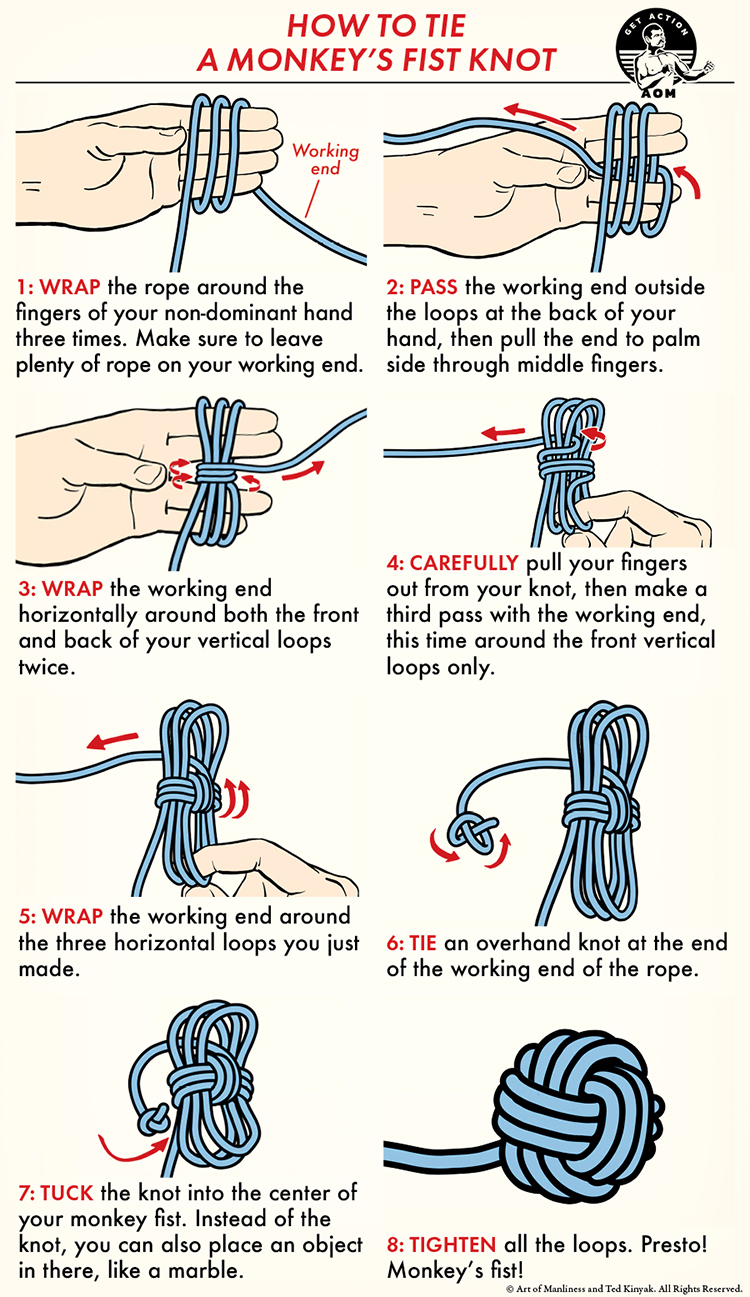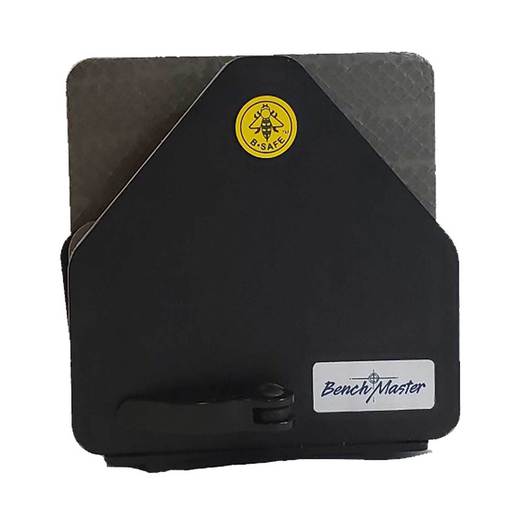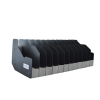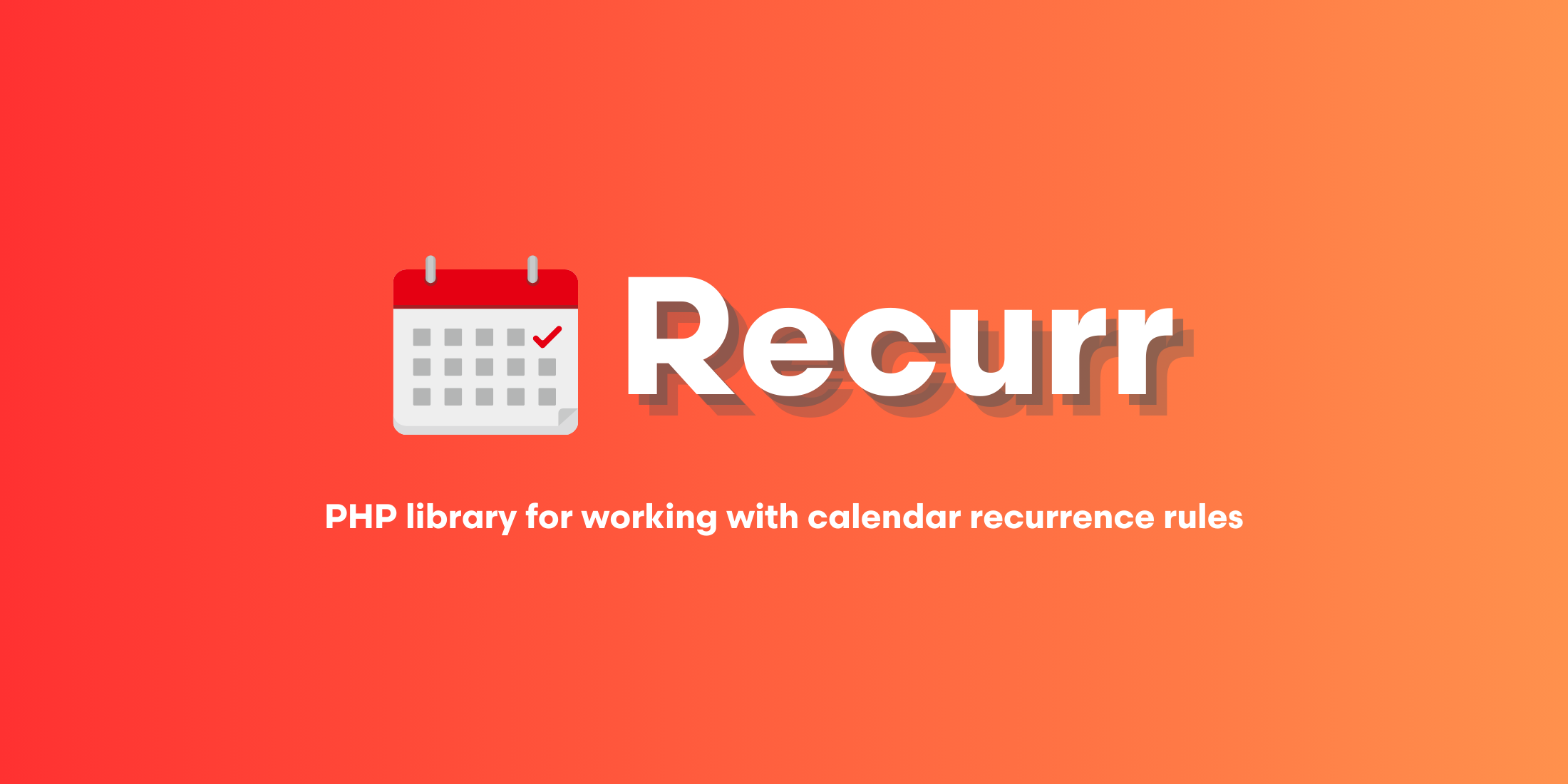PCI DSS 4.0 Compliance and MySQLPlanet MySQL
Winter in Yellowstone
https://theawesomer.com/photos/2025/01/frozen_bison_t.jpg
With air temperatures as low as -37°F, photographer and filmmaker Drew Simms captured a series of extraordinary images of Yellowstone National Park. In the extreme cold of winter, the park is devoid of tourists, so it provides an extraordinary opportunity to witness the frozen bison, coyotes, mountain goats, and other snow-covered wildlife.
The Awesomer
How to Tie a Monkey’s Fist Knot
https://content.artofmanliness.com/uploads/2025/01/Monkey-Fist-Knot-2.jpg

The monkey’s fist knot is a compact ball of interwoven loops. Today, it’s used mostly for decoration, but it has a practical origin. The monkey’s fist knot was originally developed by sailors who needed a weighted end for the heaving lines used to cast ropes from ship to shore or ship to ship.
In this illustrated guide, we walk you through how to tie this nautical staple. Use it the next time you’re captaining a ship or to just create a cool-looking keychain for your kid.
Illustration by Ted Slampyak
This article was originally published on The Art of Manliness.
The Art of Manliness
Recurr is a PHP library for working with recurrence rules for calendar dates
https://picperf.io/https://laravelnews.s3.amazonaws.com/featured-images/Recurr.png
As the new year begins, many of us set recurring goals—daily workouts, weekly meetings, or monthly reflections. Tracking these commitments in life can be tricky, but managing them programmatically doesn’t have to be. Enter Recurr, a powerful PHP library created by Shaun Simmons which is designed to handle recurrence rules (RRULE) with ease. Whether you’re scheduling weekly reminders, monthly events, or anything in between, Recurr simplifies the complexities of recurring dates so you can focus on building your application.
To install Recurr use composer.
composer require simshaun/recurr
Then, in your PHP code, you can instantiate the \Recurr\Rule class:
$timezone = 'America/Jamaica';
$startDate = new \DateTime('2025-01-1 10:00:00', new \DateTimeZone($timezone));
$endDate = new \DateTime('2025-02-12 10:00:00', new \DateTimeZone($timezone)); // Optional
$rule = new \Recurr\Rule('FREQ=WEEKLY;COUNT=6', $startDate, $endDate, $timezone);
echo $rule->getString();
//output: FREQ=WEEKLY;COUNT=6;DTEND=20250212T100000
You can also rewrite the above by chaining methods together for better readability:
$rule = (new \Recurr\Rule)
->setStartDate($startDate)
->setTimezone($timezone)
->setFreq('WEEKLY')
->setCount(6)
->setUntil($endDate);
Once you have a recurrence rule, you can take it a step further by transforming it into human-readable text:
$transformer = new \Recurr\Transformer\TextTransformer();
echo $transformer->transform($rule);
//output: weekly on Wednesday for 6 times
If you need the actual PHP DateTime objects representing the recurrence dates, use the ArrayTransformer class along with the getStart() or getEnd() methods:
$transformer = new \Recurr\Transformer\ArrayTransformer();
$dates = $transformer->transform($rule);
foreach ($dates as $date) {
echo $date->getStart()->format('Y-m-d H:i:s') . PHP_EOL;
}
/*
output:
2025-01-01 10:00:00
2025-01-08 10:00:00
2025-01-15 10:00:00
2025-01-22 10:00:00
2025-01-29 10:00:00
2025-02-05 10:00:00
2025-02-12 10:00:00
*/
You can also specify the days of the week for the recurrence using the setByDay() method:
$rule = (new \Recurr\Rule)
->setStartDate($startDate)
->setTimezone($timezone)
->setFreq('WEEKLY')
->setByDay(['WE','FR'])
->setCount(6)
->setUntil($endDate);
$transformer = new \Recurr\Transformer\TextTransformer();
echo $transformer->transform($rule) . PHP_EOL;
//output: weekly on Wednesday and Friday until February 12, 2025
Recurr also provides advanced features like setting constraints to include or exclude specific dates, applying post-transformation filters, and defining custom intervals.
To explore more about this library and its capabilities, visit the source code on Github.
The post Recurr is a PHP library for working with recurrence rules for calendar dates appeared first on Laravel News.
Join the Laravel Newsletter to get all the latest
Laravel articles like this directly in your inbox.
Laravel News
Tracking MySQL Query Plans Part I and Rebooting This Blog
Did you ever need to determine the performance of a query over time? One of the problems with database query optimizations is that the underlying data is always churning. Add in an increase in the number of users, expanding server demand use, and other items that impact your query. What was optimized is no longer performing as expected.
MySQL added a JSON format option to the output of the EXPLAIN command quite a while ago. More recently, Oracle added the feature of saving the output into a variable (see https://dev.mysql.com/doc/refman/9.0/en/mysql-nutshell.html and https://dev.mysql.com/blog-archive/explain-into-and-explain-for-schema-in-mysql-81-and-82). This provides a way to access the data in that variable and plop it into a database. The saved result can be compared to current or other past responses for analysis.
SELECT * from city where District=’Texas’;
Query OK, 0 rows affected (0.00 sec)
mysql> select json_pretty(@var)\G
*************************** 1. row ***************************
json_pretty(@var): {
"query_block": {
"table": {
"filtered": "10.00",
"cost_info": {
"eval_cost": "40.46",
"read_cost": "370.39",
"prefix_cost": "410.85",
"data_read_per_join": "97K"
},
"table_name": "city",
"access_type": "ALL",
"used_columns": [
"ID",
"Name",
"CountryCode",
"District",
"Population"
],
"attached_condition": "(`world`.`city`.`District` = ‘Texas’)",
"rows_examined_per_scan": 4046,
"rows_produced_per_join": 404
},
"cost_info": {
"query_cost": "410.85"
},
"select_id": 1
}
}
1 row in set (0.00 sec)
MySQL>
Blog Reboot
Planet MySQL
Inside the Vault: How the US Military Safeguards Billions in Firearms & Ammunition ~ VIDEO
https://www.ammoland.com/wp-content/uploads/2025/01/iqdi6njlnbc-500×281.jpg
Every nation’s military relies on secure armories to store and maintain its weaponry, ensuring readiness for any mission.
Without these facilities, the chaos of scattered weapon storage could undermine operations and jeopardize safety. Here’s a closer look at how the US military expertly manages its vast arsenal, ensuring weapons are always combat-ready while maintaining strict safety and accountability protocols.
The Evolution of Armories
Military armories date back to ancient civilizations, starting as simple fortified warehouses. Over time, they’ve evolved into highly secure, state-of-the-art facilities equipped with maintenance workshops, advanced security systems, and climate control. These features preserve sensitive military equipment, optics, and munitions, ensuring operational readiness in even the harshest environments.
The Role of Armory Specialists
Armory specialists,like those in our U.S. Army, are the backbone of these facilities. They oversee weapon accountability, conduct routine inspections, and maintain inventory records. Their responsibilities include ensuring every weapon issued to service members is in perfect working condition and returned safely after use. Rigorous access protocols and ID verification systems prevent unauthorized handling, keeping weapons secure and accounted for.
“This is the job,” one specialist explained. “Whether it’s issuing rifles for training, deploying weapons for an operation, or maintaining equipment, our mission is always to ensure the readiness and safety of our forces.”
Precision and Care in Weapon Management
Every step in weapon handling is meticulous. When troops check out firearms, serial numbers are logged, and the weapons are inspected for safety. After training or missions, returned weapons are cleaned, inspected, and re-logged. Yellow tags mark firearms needing maintenance, ensuring no damaged weapon is inadvertently issued.
One standout example is the 341st Security Support Squadron Armory at Malmstrom Air Force Base. This 24/7 facility supports nuclear security, maintaining weapons used to guard missile fields and base assets. Such facilities are a testament to the military’s commitment to precision and security.
The Art of Maintenance
Maintaining military weaponry requires expertise. Precision weapons, such as sniper rifles, demand especially skilled repair work. Out of 200,000 Marines, only 60 are certified to repair and build these specialized arms, crafting components like barrels from scratch using blueprints and lathes.
Even ceremonial weapons, such as the M1 Garand rifles used by the Marine Corps Silent Drill Platoon, require careful upkeep. These World War II-era rifles endure rigorous use, including being tossed into the air during performances. Repairs involve intricate work to reinforce wooden stocks and ensure functionality without compromising their historical value.
Live Inventory Price Checker

|
Benchmaster BMWRM18 Eight Gun Pistol Rack |
GrabAGun |
$ 59.59 |
|

|
BenchMaster Quick Access Pistol Rack – Black |
Sportsman’s Warehouse |
$ 39.99 |
|
|
|
Benchmaster WeaponRac Black Kydex/Anti-Microbial Foam 12-Gun Pistol Rack – BMWRM112 |
Palmetto State Armory |
$ 82.99 |
|

|
Benchmaster WeaponRac Black Kydex/Anti-Microbial Foam 12-Gun Pistol Rack – BMWRM112 |
Palmetto State Armory |
$ 82.99 |
|
Recycling Brass: Sustainability in Action
The military’s environmental responsibility extends to recycling brass cartridges. Facilities like Joint Base San Antonio process up to 25,000 pounds of spent casings weekly. This brass is sorted, cleaned, and deformed to prevent reuse as live ammunition, then sold for recycling. The revenue generated—sometimes as much as $40,000 annually—is reinvested into base operations, proving that sustainability can go hand-in-hand with operational efficiency.
A Global Effort
From small arms to powerful air-to-air missiles, the military’s logistical network ensures every piece of equipment is properly stored, maintained, and transported. Bases worldwide, including those in Japan, Germany, and the Middle East, follow rigorous protocols to manage and deploy munitions for training and combat. These efforts exemplify the military’s commitment to readiness, safety, and innovation.
Why It Matters
Military armories operate as more than just storage facilities. They represent the dedication, precision, and ingenuity of the US armed forces. From ensuring weapons are mission-ready to recycling materials for sustainability, these operations highlight a commitment to excellence that keeps service members prepared to defend our freedoms.
So, the next time you hear about the military’s vast arsenal, remember the unseen heroes—the armorers, technicians, and logisticians—working tirelessly to keep those weapons safe, secure, and ready for action.
AmmoLand Shooting Sports News
Inside the Vault: How the US Military Safeguards Billions in Firearms & Ammunition ~ VIDEO
https://www.ammoland.com/wp-content/uploads/2025/01/iqdi6njlnbc-500×281.jpg
Every nation’s military relies on secure armories to store and maintain its weaponry, ensuring readiness for any mission.
Without these facilities, the chaos of scattered weapon storage could undermine operations and jeopardize safety. Here’s a closer look at how the US military expertly manages its vast arsenal, ensuring weapons are always combat-ready while maintaining strict safety and accountability protocols.
The Evolution of Armories
Military armories date back to ancient civilizations, starting as simple fortified warehouses. Over time, they’ve evolved into highly secure, state-of-the-art facilities equipped with maintenance workshops, advanced security systems, and climate control. These features preserve sensitive military equipment, optics, and munitions, ensuring operational readiness in even the harshest environments.
The Role of Armory Specialists
Armory specialists,like those in our U.S. Army, are the backbone of these facilities. They oversee weapon accountability, conduct routine inspections, and maintain inventory records. Their responsibilities include ensuring every weapon issued to service members is in perfect working condition and returned safely after use. Rigorous access protocols and ID verification systems prevent unauthorized handling, keeping weapons secure and accounted for.
“This is the job,” one specialist explained. “Whether it’s issuing rifles for training, deploying weapons for an operation, or maintaining equipment, our mission is always to ensure the readiness and safety of our forces.”
Precision and Care in Weapon Management
Every step in weapon handling is meticulous. When troops check out firearms, serial numbers are logged, and the weapons are inspected for safety. After training or missions, returned weapons are cleaned, inspected, and re-logged. Yellow tags mark firearms needing maintenance, ensuring no damaged weapon is inadvertently issued.
One standout example is the 341st Security Support Squadron Armory at Malmstrom Air Force Base. This 24/7 facility supports nuclear security, maintaining weapons used to guard missile fields and base assets. Such facilities are a testament to the military’s commitment to precision and security.
The Art of Maintenance
Maintaining military weaponry requires expertise. Precision weapons, such as sniper rifles, demand especially skilled repair work. Out of 200,000 Marines, only 60 are certified to repair and build these specialized arms, crafting components like barrels from scratch using blueprints and lathes.
Even ceremonial weapons, such as the M1 Garand rifles used by the Marine Corps Silent Drill Platoon, require careful upkeep. These World War II-era rifles endure rigorous use, including being tossed into the air during performances. Repairs involve intricate work to reinforce wooden stocks and ensure functionality without compromising their historical value.
Live Inventory Price Checker

|
Benchmaster BMWRM18 Eight Gun Pistol Rack |
GrabAGun |
$ 59.59 |
|

|
BenchMaster Quick Access Pistol Rack – Black |
Sportsman’s Warehouse |
$ 39.99 |
|
|
|
Benchmaster WeaponRac Black Kydex/Anti-Microbial Foam 12-Gun Pistol Rack – BMWRM112 |
Palmetto State Armory |
$ 82.99 |
|

|
Benchmaster WeaponRac Black Kydex/Anti-Microbial Foam 12-Gun Pistol Rack – BMWRM112 |
Palmetto State Armory |
$ 82.99 |
|
Recycling Brass: Sustainability in Action
The military’s environmental responsibility extends to recycling brass cartridges. Facilities like Joint Base San Antonio process up to 25,000 pounds of spent casings weekly. This brass is sorted, cleaned, and deformed to prevent reuse as live ammunition, then sold for recycling. The revenue generated—sometimes as much as $40,000 annually—is reinvested into base operations, proving that sustainability can go hand-in-hand with operational efficiency.
A Global Effort
From small arms to powerful air-to-air missiles, the military’s logistical network ensures every piece of equipment is properly stored, maintained, and transported. Bases worldwide, including those in Japan, Germany, and the Middle East, follow rigorous protocols to manage and deploy munitions for training and combat. These efforts exemplify the military’s commitment to readiness, safety, and innovation.
Why It Matters
Military armories operate as more than just storage facilities. They represent the dedication, precision, and ingenuity of the US armed forces. From ensuring weapons are mission-ready to recycling materials for sustainability, these operations highlight a commitment to excellence that keeps service members prepared to defend our freedoms.
So, the next time you hear about the military’s vast arsenal, remember the unseen heroes—the armorers, technicians, and logisticians—working tirelessly to keep those weapons safe, secure, and ready for action.
AmmoLand Shooting Sports News
Laravel Joins Explained: Clear Guide with Practical Examples
Laravel News Links
Lost VeggieTales Episode Discovered Where David Brings King Saul 200 Severed Pickle Tips
https://media.babylonbee.com/articles/6778444770bd36778444770bd4.jpg
TUSTIN, CA — A previously lost episode of the beloved children’s classic VeggieTales has surfaced that depicts a young Dave, portrayed by Junior Asparagus, chopping off 200 pickle tips and bringing them to King Saul as tribute.
The lost episode was discovered by Trilogy Animation Group while they were reviewing archival footage as part of their work in developing future VeggieTales content, but the crew now wishes they’d never found it.
"It’s shockingly graphic," one member of the team said. "Some of the most lifelike animation ever done for the show, certainly, but… yeah, it’s gross."
The story was an adaptation of 1 Samuel 18, which tells how King Saul charged David to bring him 100 Philistine foreskins as a dowry. The quest was intended to be a suicide mission, with King Saul assuming David would die in the ensuing battle. However, David not only succeeds, he more than doubles the dowry, delivering 200 foreskins. In an attempt to make the story suitable for younger audiences, the creator and former writer of VeggieTales Phil Vischer replaced the foreskins with the more appropriate (and vegetable-themed) pickle tips.
"It didn’t work," Vischer said, recalling the abandoned episode. "We never aired it because it was just too horrifying."
The lost episode not only depicted the circumstances of David’s predicament but also his unyielding faith in God as he slashes hundreds of pickle tips.
"We didn’t have Dave actually kill any of the Philistines, but that kind of made it worse," Vischer reflected. "So much screaming."
At publishing time, TBN announced they would air Dave and the 200 Severed Pickle Tips during a special after-hours broadcast for adults.
Thanks to clown world, it’s been a great year for comedy. Here are some of our top-performing sketches of 2024!
Babylon Bee
Some Churches Still Don’t Have Safety & Security Teams
https://cdn0.thetruthaboutguns.com/wp-content/uploads/2024/12/Christmas-Eve-services.jpg
Denial has no survival value. And pretending that the threats faced by Christian churches in today’s world only apply to “other” churches in “other towns” is both imprudent and foolish.
This year, I visited a local church with family for Christmas Eve services. We arrived early, and I had a chance to people watch. I saw one or two individuals who looked like they might be armed judging by their dress and the more serious folding knives clipped to their pants. Nobody had radios and those men were with their respective families, not watching for threats.
The church had pleasant greeters, but they had no radio communications. Moreover, more than a few of us entered from the lower parking lot through a dimly lit, unmanned entrance on another level. Not at all good from a security standpoint. Later, during services, nobody was anywhere near the pastor in a protective role. I’d just about bet money that all the entrances were unlocked and virtually unmonitored.
I spoke about this dearth of best practices on security with a couple of knowledgeable friends. One suggested that this place of worship maybe had an exceptionally discrete team. I chuckled, given multiple open entrances, some unstaffed? No way. That’s a rookie mistake that can cost a lot of lives if evil comes a-knockin’. That and a lack of communications along with any semblance of protection for the pastor left me pretty sure this place was hopelessly unprepared for bad things that might happen.
There are a host of short-sighted reasons why some might be opposed to an organized church safety and security team. Those reasons usually involve fragile people who would rather not acknowledge that evil exists … and of course those icky guns.
A failure to plan is a plan to fail.
Why have a safety and security team?
A safety and security team will welcome people to each service, and more importantly, they stand trained and ready to assist rendering aid in medical emergencies. One would think increasingly aging congregations would welcome that kind of planning.
Teams also monitor weather- and environmental-related threats as well as help look after child care areas. Sometimes they even direct traffic, both inside with people and outside with traffic in parking lots.
Perhaps their most important function is to protect the congregations from nut jobs, violent criminals and others with ill intent. They do so outside in the parking lots, at the front door and inside the sanctuary, communicating with one another via radios and their earpieces. Video surveillance assists in monitoring the exterior as well as entrances for potential problems, including medical emergencies.
Not having a team to mitigate risks and deal with threats can have costly and lasting impact to the church’s long-term viability. If something happens and the church hadn’t taken reasonable steps to mitigate that risk, people will leave that church. If something bad happens, they could even sue the church. People go to church to find peace and sanctuary, not experience criminal attack or victimization.
Failing to use best practices for church security in today’s world is as imprudent as leaving your house unlocked and your car’s keys in the ignition.
There are worse-case scenarios beyond robberies, thefts and other crime. Some involve physical violence by bad people slashing people with a blade or blasting away with a gun.
It seems hardly a week goes by where there’s not an attack on churches somewhere in America. These are usually carried out by social misfits and society’s losers.
Fortunately, most are thwarted by safety and security teams and these incidents hardly make the news. Sometimes these even happen at high-profile venues like Joel Osteen’s Lakewood Church in Houston where the security team stopped a bloodbath earlier in 2024.
Sadly, some attacks are not thwarted and people get hurt. Some even die.
If there’s no team, there’s little hope of deterring or thwarting a criminal attack, especially if it happens during service. Moreover, without a team, there’s scarcely any chance of organized response to a serious threat.
Ensure the safety of guests and the long-term viability of a church. Make sure your place of worship has a safety team and plans for emergencies of all sorts.
The Truth About Guns


